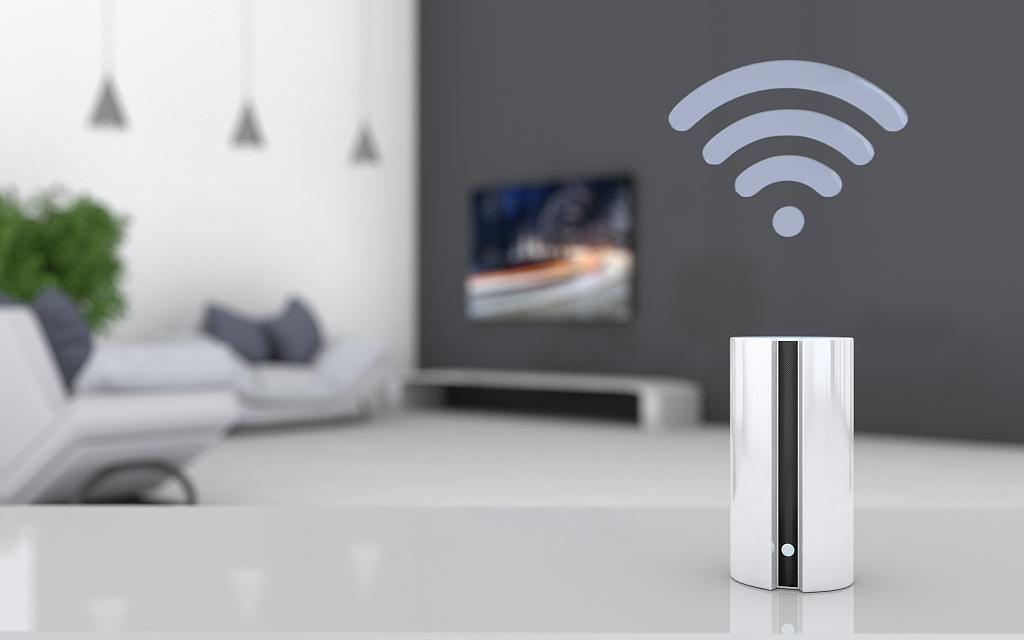Wi-Fi Alliance: Wi-Fi 6 and 6E have been "rapidly adopted"

By 2025, Wi-Fi 6 and Wi-Fi 6E are expected to have more than 80% market share.

The Wi-Fi Alliance certified sixth-generation Wi-Fi in 2019, followed by Wi-Fi 6E certification in 2021. Since then, Wi-Fi 6 has seen "rapid adoption," with Wi-Fi 6 having more than 50 percent market share, the alliance said. The three areas driving the Wi-Fi 6 and 6E market are: product, deployment, and regulation.
product
According to the Wi-Fi Alliance, more than 2.3 billion Wi-Fi 6 products and 350 million Wi-Fi 6E products are expected to enter the market in 2022, and Wi-Fi 6E will also account for 15% of all Wi-Fi 6 shipments this year. %above.
In a press statement, Wi-Fi Alliance president and CEO Edgar Figueroa said more than 400 Wi-Fi 6E devices have been certified, a category that includes more than 70 laptop models, dozens of consumer consumer and enterprise access points, smartphones and smart TVs . By 2025, Wi-Fi-6 and Wi-Fi-6E are expected to exceed 80% market share, dominating the smartphone market.
In addition, Broadcom has shipped more than 1 billion Wi-Fi 6 and Wi-Fi 6 E chips, and Extreme Networks said on the earnings call that Wi-Fi 6E has accounted for 10% of its pre-orders.
deploy
The benefits of Wi-Fi-6E, bringing the capabilities of Wi-Fi-6 to the 6GHz band, have been demonstrated in several verticals including healthcare and education. For example, the University of Michigan has more than 15,000 Aruba AP-635 indoor model Wi-Fi 6E access points installed on campus. The project took eight months and cost $11 million to complete in April this year.
"People are downloading at speeds of up to 300 to 400 megabits per second, which has allowed us to reduce the number of wired ports on campus and reduce the number of switches in all of our cabinets," commented Ravi Pendse, CIO, the university's vice president of IT . "To remove or reduce nearly 80,000 wired ports. That saves us thousands of switches."
Supervision
The United States was the first country to open up the 6 GHz band for Wi-Fi; however, more than 60 countries in the Americas, EMEA, and Asia Pacific have done or are considering doing so. Countries such as Brazil, Canada, Chile, Costa Rica, Guatemala, Honduras, Peru, Saudi Arabia, South Korea and the United Arab Emirates have used the upper and lower 6 GHz band (5925-7125 MHz) for Wi-Fi 6E, while others such as Saudi Arabia The desire to use the entire 1200 MHz of spectrum in the 6 GHz band for Wi-Fi has been "appreciated" by the alliance.